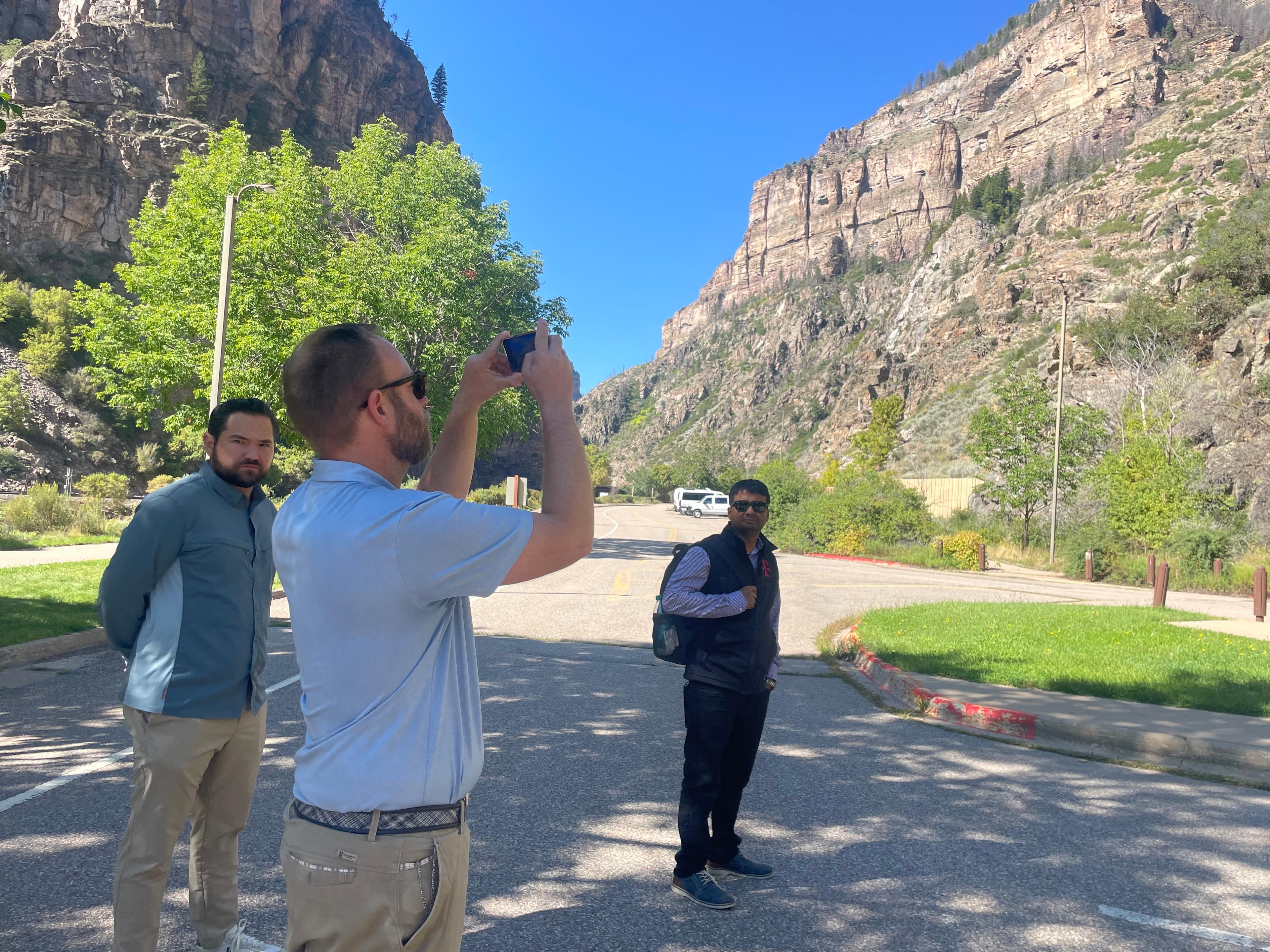
It’s an experience familiar to most Colorado drivers: You’re heading into a beautiful canyon or up a windy mountain pass when your cell phone bars suddenly drop to zero.
On a smooth trip, you might not even notice. But in the case of an accident, those dead zones can rapidly become a major problem.
For mountain residents, this experience is all too common.
“Wolcott, that's my biggest frustration. Wolcott Canyon is just, it annoys the heck out of me,” said Democratic Sen. Dylan Robers of Frisco. “And then parts of Vail Pass, and then going from Silverthorne up to the tunnel, there's that one spot where you will always lose service.”
Roberts sits on the state legislature’s Cell Phone Connectivity Interim Study Committee, which was created by lawmakers this year to come up with solutions for these types of hard-to-serve spots. To help with that task, he and other committee members recently toured Glenwood Canyon, a particularly difficult stretch of highway that's become a statewide success story.
Bob Fifer, deputy director of operations at the Colorado Department of Transportation, who also sits on the committee, was one of their guides.
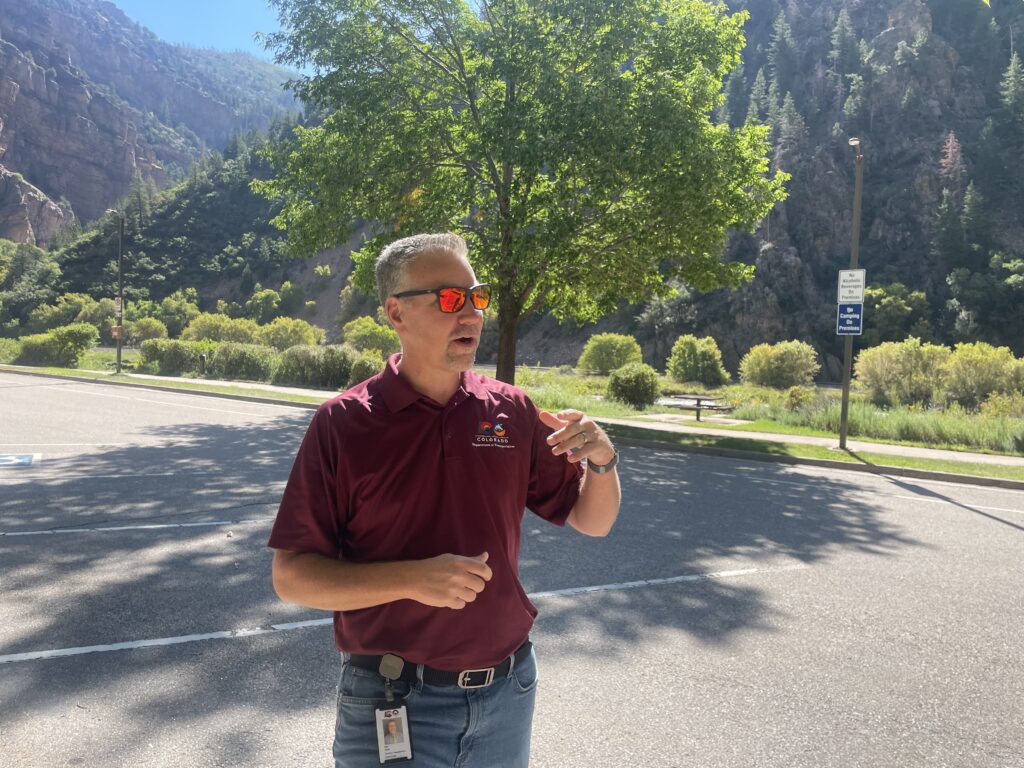
Standing at the entrance to the Hanging Lake trail — his favorite spot in Colorado, Fifer declared — he explained what the department is up against here.
“We get about 900 incidents a year. So if you think about that, it's almost three a day that we're running our firetruck to deal with something in this 17-mile canyon,” he told the assembled lawmakers.
Just a few years ago this windy stretch of highway was a cell phone dead zone. Motorists who broke down or got into an accident had to walk to a phone box to call for help.
Not anymore. Cell phone service has been up and running since 2022 as part of a federal program called FirstNet, which aims to improve public safety by expanding wireless broadband networks and improving communications among first responders. When Colorado joined the project in 2017 under then-Gov. John Hickenlooper, Glenwood Canyon was at the top of the to-do list.
It became an even more urgent priority after the Grizzly Creek fire, when a year later heavy rain on the burn scar led to repeated mudslides over the highway.
“We had stranded motorists. We had people that were trapped in their cars. We have workers working around heavy equipment … We didn't have anything that was giving us video and feedback of how bad is it getting,” Fifer recalled.
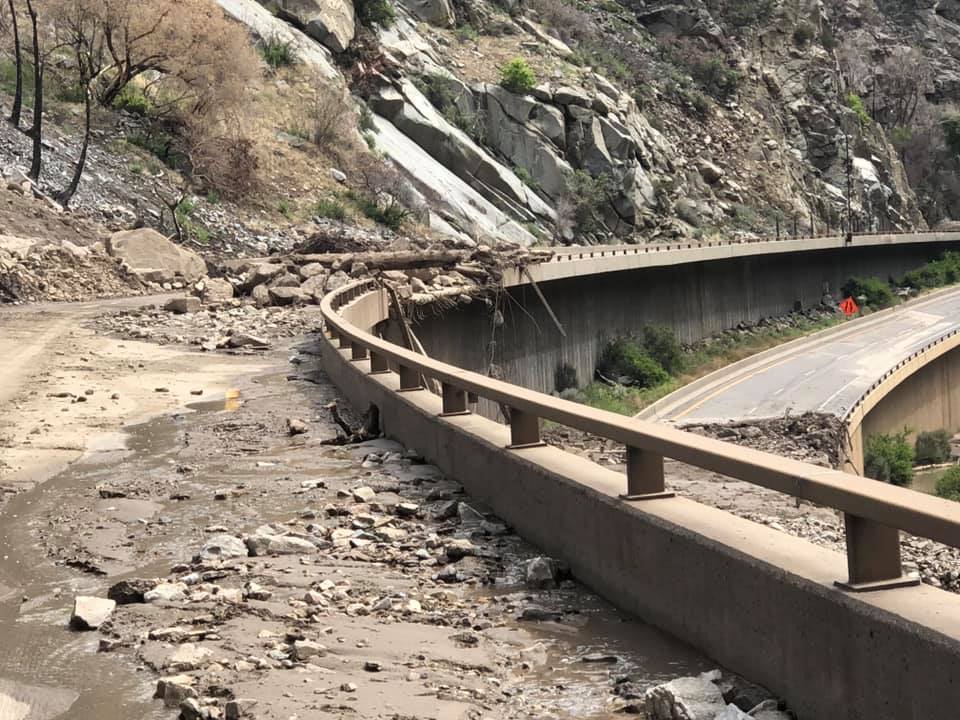
At the time, AT&T was already well into its FirstNet build-out in the canyon. After running into red tape trying to put infrastructure on federal land in the canyon, they figured out that placing small antenna systems along existing train tracks would do the trick, with a lot fewer bureaucratic headaches.
“It's amazing to me, as somebody who drives the canyon all the time, that all of a sudden there’s cell phone service. Like wow, because it used to be a dead zone the whole way,” said state Rep. Matt Soper. The Delta Republican is also on the connectivity committee and came along on the tour.
Lawmakers and others on the tour were impressed by the train track solution. But it also highlights a major challenge to bringing cell service to more of Colorado — each dead zone may require a different approach, and most don’t have a convenient railroad running right alongside.
CDOT has a list of canyons and passes it would like to see the government and industry prioritize. It’s based on how much traffic each road gets, along with the frequency of complaints about not being able to call 911. The list includes Lizard Head Pass south of Telluride, Wolf Creek Pass on the way to Pagosa Springs and Red Mountain Pass between Ouray and Durango, as well as US-34 getting into Estes Park.
The department also has a few more success stories. Later in their tour, the committee got to explore the bowels of the Eisenhower tunnel, where CDOT has recently had luck expanding its own connectivity.
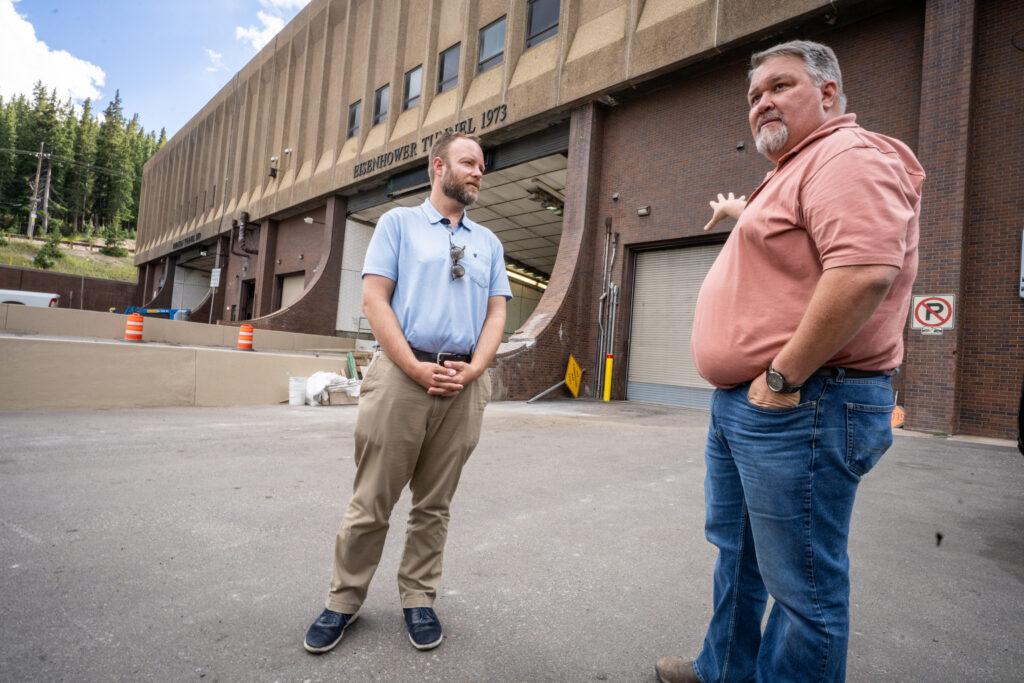
And while the focus of this tour was on remote roads, Sen. Roberts noted lawmakers hear about the problem in all sorts of different settings.
“Up here in the mountains and in rural Colorado, of course, we deal with lack of cell phone coverage and we have for a long time, but some of our urban colleagues right in the middle of Denver, you can't get a cell signal, or right in the middle of Boulder (or) Colorado Springs, and their constituents are frustrated too,” said Roberts.
The committee is still working on its recommendations for next session, but Roberts says one idea is to provide financial incentives to build more towers and infrastructure. Another proposal is to empower Colorado’s broadband office to play a more active role in improving cell phone coverage.
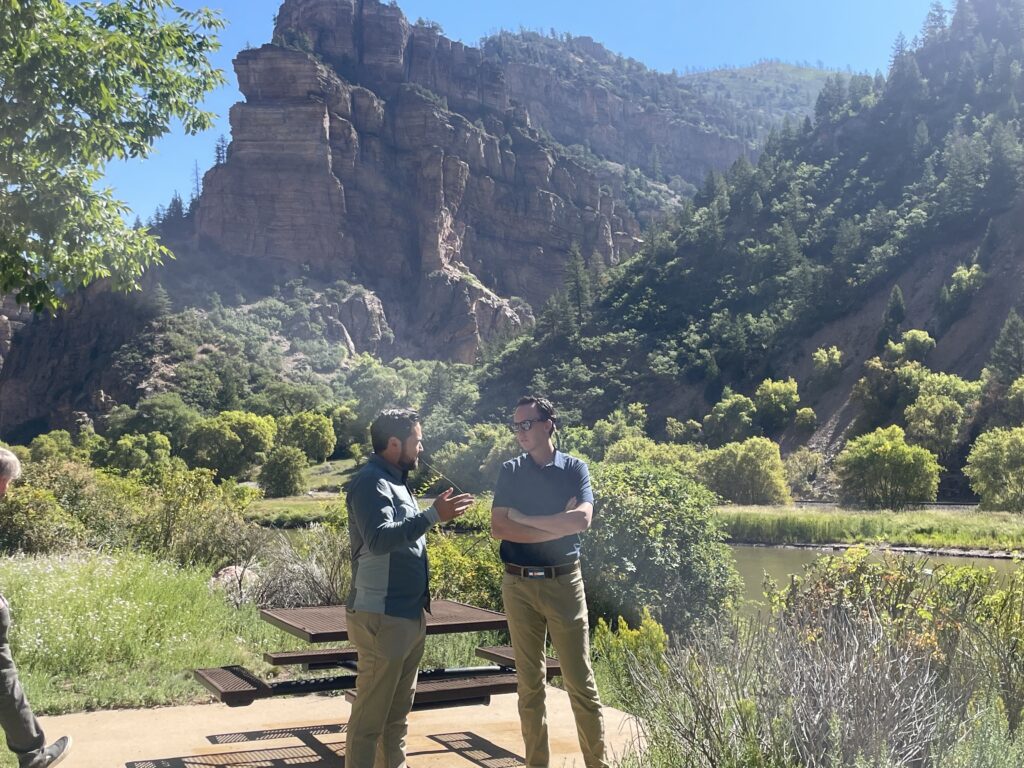
But there’s one fundamental challenge: cost. Industry representatives say this will require a lot of upfront investment in remote areas with transient traffic, and delayed returns.
“Infrastructure takes a lot of capital money to build, and so you need that first initial investment to get the infrastructure in place,” said Guillermo Lambarri, AT&T’s state director of External and Legislative Affairs.
He did note though, that companies can reap longer-term rewards; the cell capacity his company installed in Glenwood Canyon is now leased by multiple carriers.






